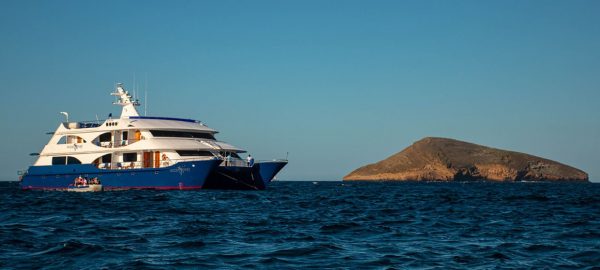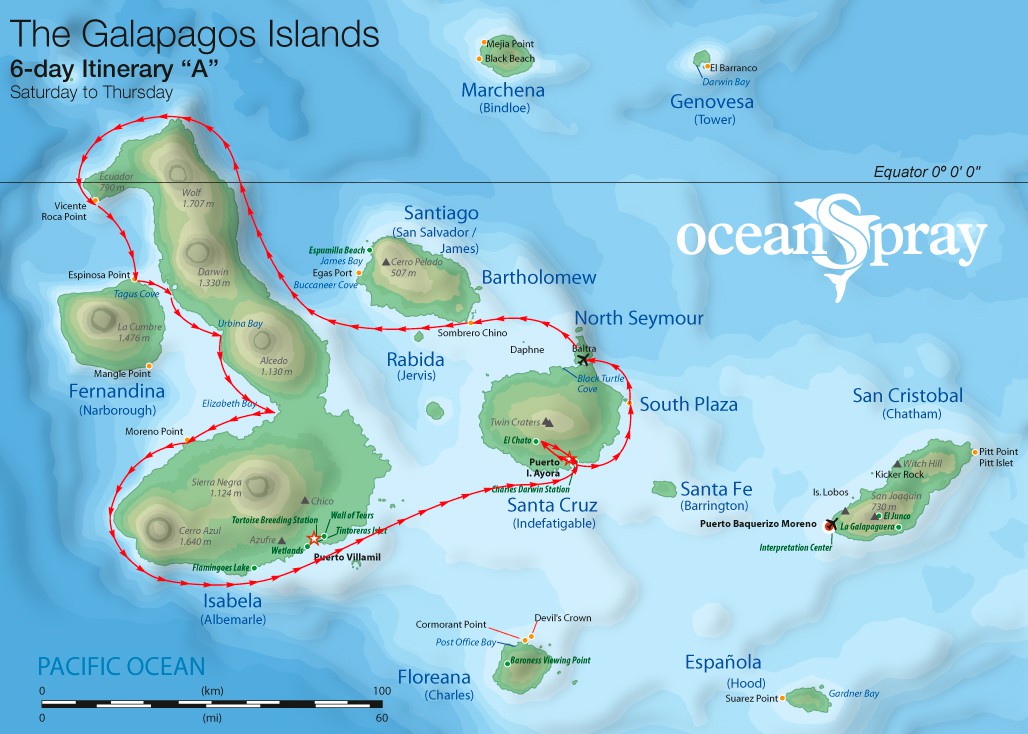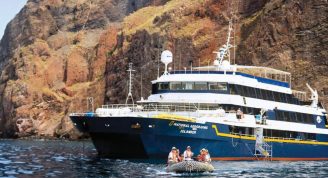Description
The Galapagos Islands were discovered by accident by the Bishop of Panama in 1535. For the next 300 years the main visitors were either whalers or English pirates hiding out in between plundering Spanish galleons laden with silver and gold.
The islands gained international recognition when Charles Darwin published his famous theory on “natural selection” following his visit to the islands in 1835 aboard the HMS Beagle. Darwin marvelled at the extraordinary animals on the islands. Fueled by the nutrient rich ocean currents and isolated from humans, the islands have developed unique, abundant wildlife that has no natural fear of Man. The islands’ importance was confirmed when the islands were declared the world’s first World Heritage Site in 1978 and a UNESCO Biosphere Reserve in 1984.
The Galapagos National Park protects 97% of the islands. Thanks to conservation efforts the Galapagos Islands are much as they were millions of years ago and visitors can see up close some of the planet’s most wonderful creatures and landscapes. It truly is like no place on earth. Imagine yourself walking amongst prehistoric-looking marine iguanas, albatross nesting colonies, lumbering giant tortoises, baby sea turtles hatching or flamingos. Swim and snorkel with playful sea lions, speedy penguins, sea turtles and a myriad of spectacularly colourful fish. We guarantee you an experience like no other you have ever known.
Additional Charges Apply – Easter, Christmas and New Year









